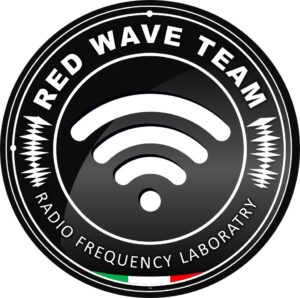
It’s often thought that avoiding online dangers is as simple as not making payments or entering credentials while browsing. This approach, while seemingly prudent, is profoundly flawed for several reasons—especially when using open networks, such as public WiFi.
Even without performing any sensitive actions, such as logging into accounts or entering credit cards, our devices and connections are constantly transmitting data . On unprotected networks, such as open WiFi, this data can be intercepted extremely easily. Among the most exposed information are:
As RHC, we believe it’s a serious mistake to rely on the supposed low value of your online activities:
“I didn’t do anything important”
Attackers exploit every opportunity to gain access to our information and devices. Once they gain access, they can remain hidden for extended periods, gathering valuable data and planning more targeted attacks.
The real risk is not just losing a password, but the theft of our digital identity .
This can translate to:
As we’ve highlighted in several articles published on Red Hot Cyber, including these two from 2023:
Cybersecurity is not a single tool or a simple antivirus, but a set of technologies, processes and practices designed to protect networks, devices and data from cyber attacks, fraud and other digital threats.
ICT Risk Management helps to strengthen this protection.
In real life, we make choices every day to reduce risks: we lock our doors, wear seatbelts in our cars, avoid dangerous areas.
Online should work the same way. And this is where a fundamental concept comes into play, even for those who aren’t “in the know”:
digital risk management , or as it is called in jargon: ICT Risk Management .
Translated into simple words, it means:
We don’t have to be experts. Often, all it takes is a little common sense, curiosity, and a desire to protect ourselves.
In this video created by Matteo Brandi , we want to provide concrete evidence of how easy it is to fall into a digital trap when surfing without protection.
Through a simple and direct demonstration, the video shows:
⚠️ This video is for educational and cybersecurity awareness purposes. DO NOT use this information for malicious purposes!
Video author: Matteo Brandi: A cybersecurity expert with a focus on defensive cybersecurity, he has earned the TCM PNPT and CompTIA Security+ certifications. His business helps SMEs secure their systems. A member of RHC’s HackerHood Team, he’s an ethical hacker by passion and a digital defender by mission.
Digital risk isn’t limited to the theft of banking data and must always be assessed in its entirety. Even activities that seem “harmless” can expose us to serious dangers if performed on unsecured networks.
The way we surf, the networks we use, the apps we open: everything matters.
Protecting your online identity today is as important as protecting your home.
And the first step is a secure connection , which is essential to protect your digital presence at all times.
In this series of articles, we aim to raise awareness of the real dangers of WiFi networks. In the next few articles, we’ll address other myths that often, instead of protecting us, expose us to unforeseen dangers.
Being aware, informed, and vigilant is the first and most important step towards real digital security.
Follow us on Google News to receive daily updates on cybersecurity. Contact us if you would like to report news, insights or content for publication.
